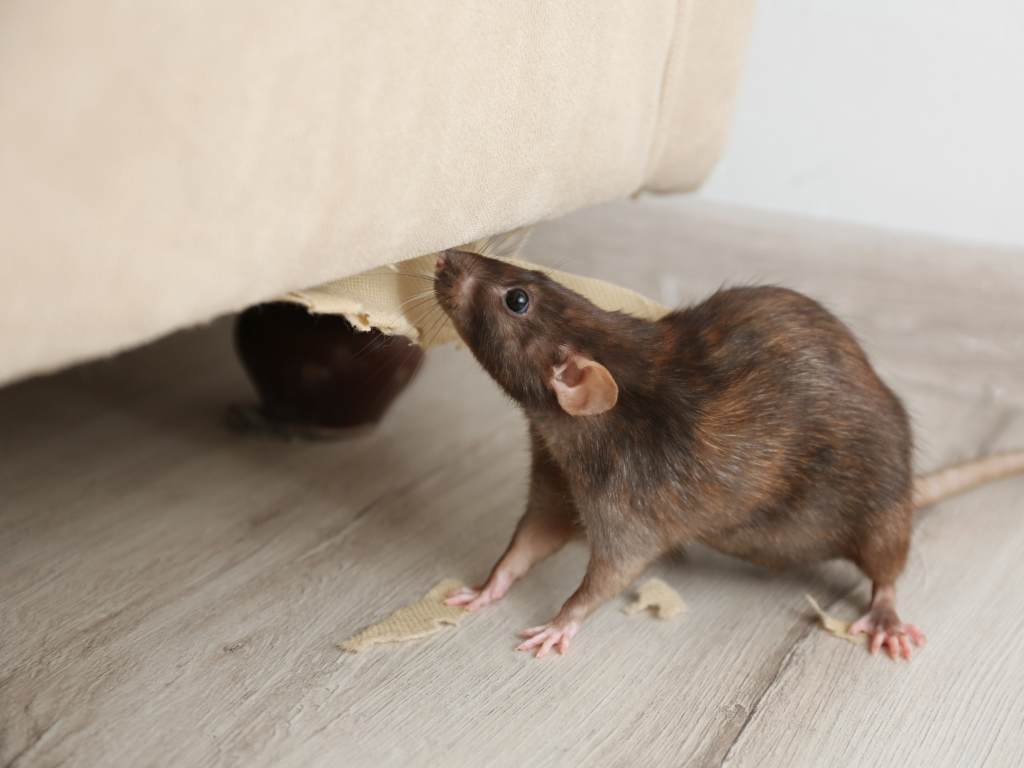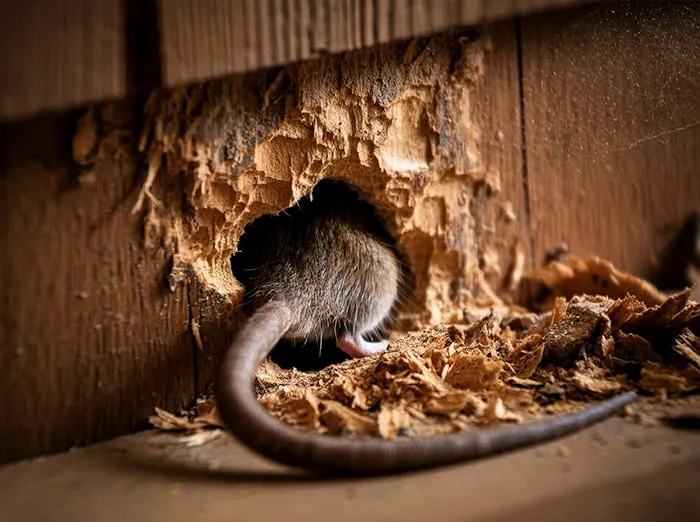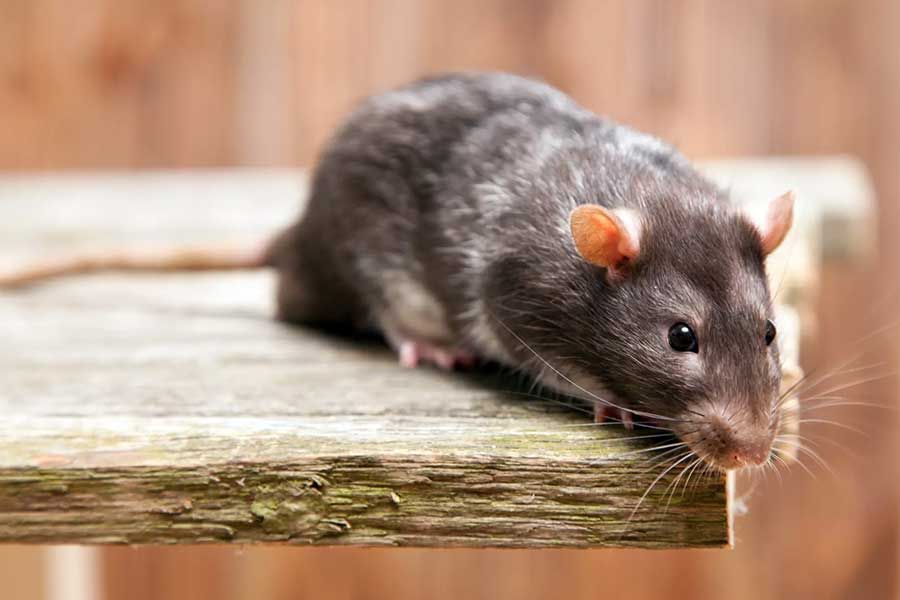Dealing with Rodents is a universal challenge for homeowners across Canada, but in regions like Barrie and the greater Ontario area, the cold climate drives mice and rats indoors with fierce determination. These tiny invaders pose more than just a nuisance; they represent a serious threat to your property, health, and peace of mind. When you see those tell-tale signs of infestation, such as droppings or small holes, you need a targeted, permanent strategy. This is where professional Rodent control becomes essential—it’s the definitive solution for safeguarding your Canadian home against these resilient pest problems.
Why Canadian Homes Are Prime Targets for Rodent Infestation
The Canadian climate provides Rodents with two powerful motivations to seek shelter inside your home: protection from the weather and easy access to food sources.
1. The Winter Survival Strategy
As temperatures drop, Rodents shift their focus from the outdoors to finding warm, secure indoor Nests. Your insulated foundation, basements, and attics become highly desirable habitat modification targets.
- Shelter and Nesting: Once inside, house mice and Norway rats quickly build Nests using materials they find within your walls, ceilings, and crawl spaces. These Nests are often hidden behind appliances like sinks or in unused storage areas, making DIY removal extremely difficult.
- Rapid Reproduction: A single pair of mice can multiply quickly, turning a small pest problems into a full-blown infestation within weeks. Therefore, early detection and swift elimination methods are critical to preventing exponential infestation growth.
- Attraction to Food: Rodents are constantly searching for food. Even small crumbs, improperly stored pantry items, or accessible pet food left overnight can attract rats and mice into your kitchens and living spaces, despite your best efforts at cleanliness.

Consequently, professional pest control services focus not just on removal, but on blocking the very entry points these pest species use to survive the cold.
2. The Severe Risks to Health and Property
The danger posed by a rodent infestation extends far beyond simply seeing a mouse or a rat. These pests are destructive and carry serious health risks.
- Health Hazards: Rodents are vectors for dangerous diseases like Salmonella, trichinosis, and the potentially deadly Hantavirus Pulmonary Syndrome (Hantavirus). These pathogens are spread through direct contact, airborne dust particles contaminated with urine and droppings, and even bites from fleas or lice carried by the Rodents.
- Structural Damage: Rats and mice must constantly chew to keep their teeth sharp, leading to significant damage repair needs. They will gnaw on wood, plastic, pipes, and—most dangerously—electrical wiring, which is a major fire hazard in Canadian homes and businesses (offices, warehouses).
- Contamination: In addition to structural damage, their droppings and urine contaminate surfaces, stored food, and insulation. This contamination renders attics and storage areas unusable and creates long-term odor pest problems.
Hence, securing expert pest control treatment is an investment in both your home’s integrity and your family’s health.
Pest Management Strategy for Rodent Control
Successful, long-term rodent control requires a holistic, three-stage strategy known as Integrated Pest Management (IPM). This approach, utilized by professional pest management technicians, goes far beyond simply setting out a few traps.
3. Stage 1: Detailed Inspection and Analysis
Before any treatment begins, an accurate diagnosis of the problem is essential.

- Comprehensive Inspection: Certified pest control technicians perform a thorough inspection of your entire property—from the foundation to the roofline—to identify the exact rodent species present (Norway rats, house mice, vole, pocket gophers) and all possible access points (entry points).
- Identifying Nests and Food Sources: Technicians locate hidden Nests and map the Rodents’ travel routes within your walls and crawl spaces using specialized equipment. They also identify and eliminate readily available food sources that fuel the infestation.
- Signs of Infestation: Professionals look for subtle signs of infestation such as grease marks, rub marks, fresh droppings, and chewed nesting materials to proof the extent of the problem and tailor the pest control program.
In contrast to DIY attempts, this systematic inspection ensures that no entry points or hidden nests are overlooked.
4. Stage 2: Elimination Methods and Treatment
Once the infestation is fully mapped, professionals use a combination of elimination methods chosen for maximum effectiveness and safety around pets and children.
- Strategic Trapping: Technicians deploy professional-grade rodent traps, including secure snap traps and multi-catch live traps, placing them in high-traffic, hidden areas away from pets and children.
- Bait Stations and Rodenticide: For areas where trapping is less feasible (like exterior perimeters), secure, tamper-resistant rodent bait stations are used. These stations contain professional-grade rodenticide (a type of pesticides), providing effective treatment while protecting non-target animals like pets and wildlife.
- Advanced Methods: Depending on the specific challenge—for example, a difficult bed bug or wasp problem found during the inspection—advanced methods such as heat treatments (for bed bug removal) or precise wasp removal and Wasp Nest Removal techniques may be employed simultaneously.
Therefore, professional pest control methods are precise, highly targeted, and use stronger, safer products than those available to the general public.
5. Stage 3: Exclusion Techniques and Long-Term Prevention
The key to long-term Rodent control is exclusion: permanently sealing entry points so that the Rodents cannot re-enter the property.
- Sealing Entry Points: This involves using specialized rodent resistant exclusion materials like steel mesh and durable sealants to block all holes and gaps, even those as small as a dime, that house mice and Norway rats use to gain entry.
- Damage Repair: We also include damage repair services to the structure where the Rodents were nesting, ensuring nesting materials and contaminants are removed and the property is secure.
- Pest Control Program: To maintain protection, a recurring pest control program is often recommended. This involves regular check-ups of the exterior bait stations and inspections of known access points to proactively prevent future pest infestations.

Why Choose Top Choice Pest Control
Top Choice Pest Control offers comprehensive rodent control and pest control services across Ontario, specializing in complex rodent infestation problems. Our certified pest control technicians utilize the Integrated Pest Management strategy, focusing on permanent exclusion techniques using high-quality steel and durable sealants. We provide a clear estimate and a full pest control guarantee on our work, ensuring your property is protected from rats and mice for the long term.
Conclusion
Effective rodent control requires more than just traps and bait; it demands a professional strategy focused on inspection, safe elimination methods, and permanent exclusion. By choosing Top Choice Pest Control, you are investing in a proven pest control program that eliminates the immediate infestation and secures your Canadian home against future entry. This is the safest, most reliable way to protect your property from the dangers of Rodents.
Ready to eliminate your Rodent problem permanently? CALL TODAY to schedule your free inspection!